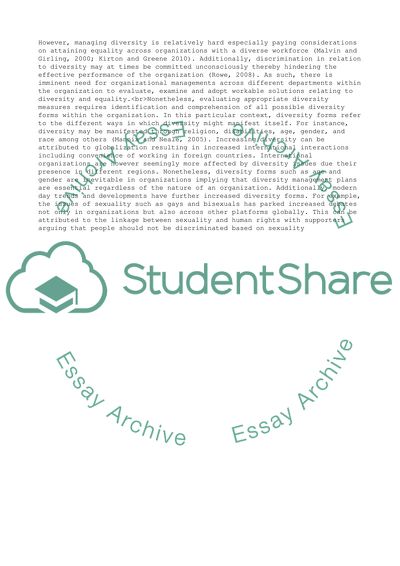Cite this document
(Diversity and Equality Essay Example | Topics and Well Written Essays - 2500 words, n.d.)
Diversity and Equality Essay Example | Topics and Well Written Essays - 2500 words. https://studentshare.org/management/1864302-diversity-and-equality
Diversity and Equality Essay Example | Topics and Well Written Essays - 2500 words. https://studentshare.org/management/1864302-diversity-and-equality
(Diversity and Equality Essay Example | Topics and Well Written Essays - 2500 Words)
Diversity and Equality Essay Example | Topics and Well Written Essays - 2500 Words. https://studentshare.org/management/1864302-diversity-and-equality.
Diversity and Equality Essay Example | Topics and Well Written Essays - 2500 Words. https://studentshare.org/management/1864302-diversity-and-equality.
“Diversity and Equality Essay Example | Topics and Well Written Essays - 2500 Words”. https://studentshare.org/management/1864302-diversity-and-equality.


